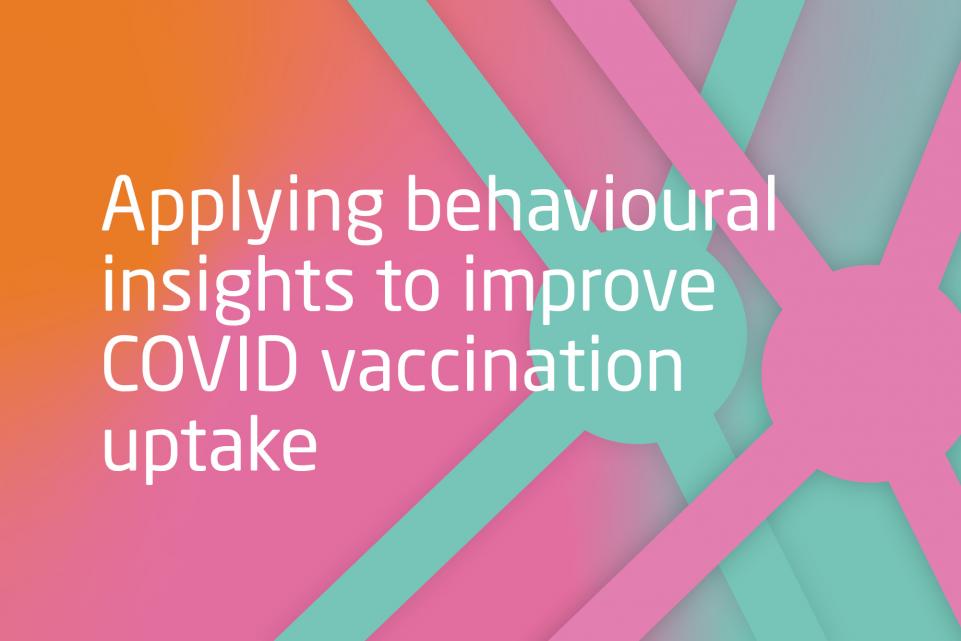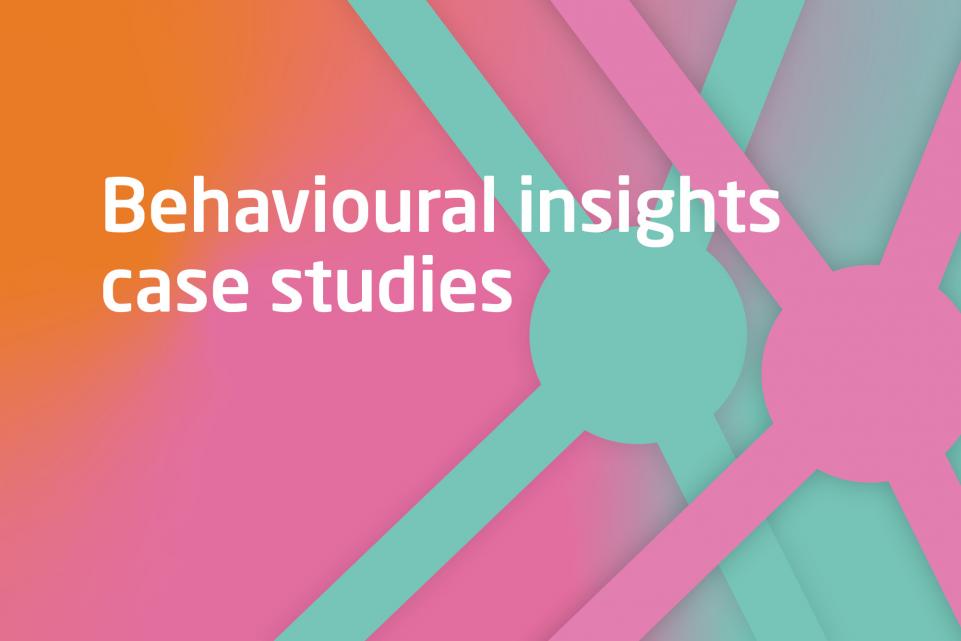The 3C (Confidence, Complacency, Convenience) Model of Vaccine Hesitancy was developed by the SAGE Working Group to map three main factors that influence vaccine uptake: confidence barriers, complacency barriers and convenience barriers.
3C Model
The 3C model was developed by the SAGE Working Group to map three main factors that influence vaccine uptake: confidence barriers, complacency barriers and convenience barriers. If your goal is to increase vaccination rates within a particular community, the following prompts can inform the development of questions in your focus groups and surveys. Analysing data through the lens of the 3C model will also enable you to identify where the key barriers lie within the particular group and target these with your behavioural interventions.
Confidence barriers
Does the group believe that...
- The vaccine is safe?
- The vaccine is effective?
- The system and people who deliver the vaccine are reliable and competent?
- The motivations of policy makers and NHS can be trusted?
Complacency barriers
Does the group believe that...
- The risk from contracting COVID is high?
- Catching COVID can negatively impact their and their close ones’ lives?
Convenience barriers
Does the group believe that...
- They are physically able to get vaccinated?
- They can afford to get vaccinated?
- They live in a region and community where it is possible to get vaccinated?
- They are able to understand the purpose of vaccination (health and language literacy)?
- The quality of vaccination service is appropriate?
- The time and place for getting the vaccination is appropriate?
- The group’s cultural context supports getting vaccinated?
References
WHO (2014). Report Of The Sage Working Group On Vaccine Hesitancy
MacDonald (2015). Vaccine hesitancy: Definition, scope and determinants
Featured pages

Applying behavioural insights to improve COVID vaccination uptake: a guide for councils
This publication focuses on the work councils can undertake to improve vaccine uptake.
Three-step guide to encourage COVID-19 vaccinations
Working with The Behaviouralist we have developed a three-step guide to help councils.

COVID-19: Behavioural insights case studies
A series of case studies showing how councils are using behaviour change techniques to increase vaccine uptake and COVID-19 regulation adherence.
